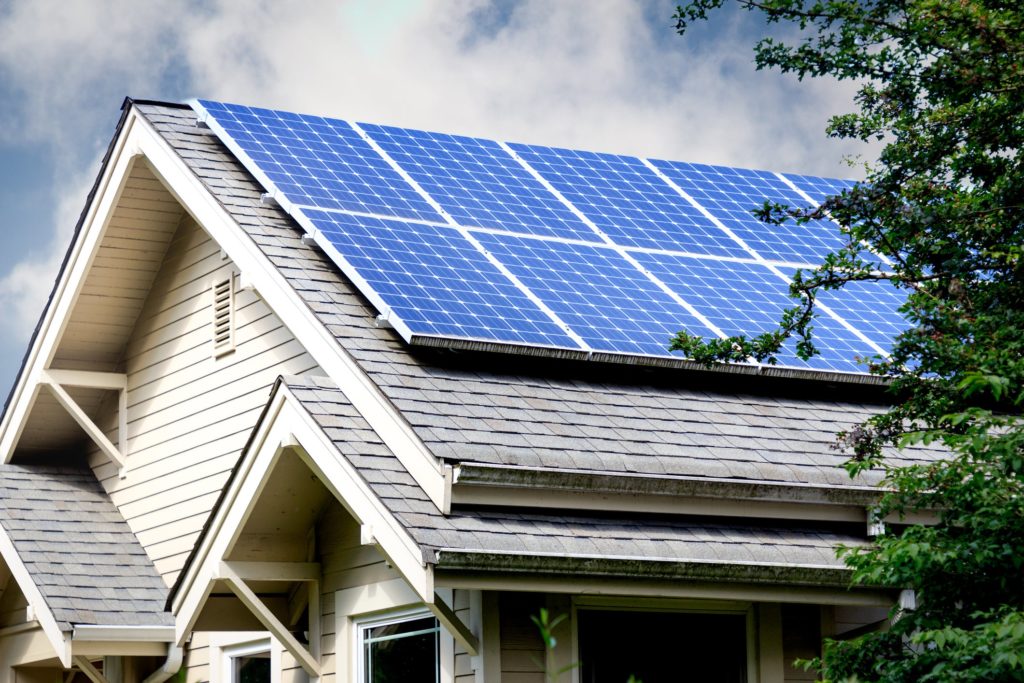
Contribute to the SolarAPP and help streamline residential solar permitting processes

The intent of the SolarAPP platform is to provide authorities having jurisdiction (AHJ) personnel with a permitting solution geared specifically for residential solar installations that can streamline resource and time requirements associated with reviewing code compliance for this rapidly growing market. The platform works in conjunction with field inspection where code compliance of the installed system is verified. The SolarAPP will allow contractors to complete an online permit application where the software will review the application for compliance with the code. If approved, it will instantly deliver a permit from the AHJ for the installation of qualifying residential rooftop systems. Then, before the system is switched on, AHJ personnel will conduct a field inspection to verify that the installed system matches the one submitted online, and that the installation complies with the code. Those systems that do not qualify for an instant permit in the SolarAPP will be reviewed on a case-by-case basis by AHJ personnel using traditional processes.
While the cost of residential solar installations has decreased more than 70 percent over the last 10 years, costs are still much higher in the United States than in other mature markets. It is believed that the differences are largely due to non-hardware “soft costs.” The direct and indirect costs of permitting, inspection and interconnection, including efforts spent acquiring customers who cancel before a permit is issued, can add about $1 per watt, or $7,000, to the cost of a typical residential system. With more than 20,000 AHJs nationwide with distinct permitting and inspection requirements, application costs and approval times, the SolarAPP platform will provide a streamlined process that will increase efficiency and reduce the time and cost of a solar permit, leading in turn to lower cancellation rates. It will also provide significant benefits to AHJs, many of whom are struggling to process record numbers of solar permit applications with limited staff resources.
“With the increasing role of residential solar energy systems and the widespread use of photovoltaic systems, the time is certainly right to introduce a platform to streamline permitting that will assist jurisdictions, local governments, contractors and code professionals in keeping up with the accelerated pace of solar energy development in the face of budget constraints and growing workloads,” said International Code Council Chief Executive Officer Dominic Sims, CBO. “The SolarAPP platform enables routine solar projects to receive instantaneous approval and efficient inspections while enhancing safety and reliability. We are very pleased to have contributed our expertise to the SolarAPP platform project and we look forward to the next step in its development and introduction to the industry.”

Now, NREL is collaborating with key code officials, building officials and industry members and requesting a technical review of the preliminary permitting requirements to identify:
- Critical flaws, including missing equipment or project information necessary to approve at least some residential rooftop solar permits.
- Requirements that may be too restrictive or too expansive to support instant approval of typical solar installations.
- Strategies to mitigate controversy and encourage more widespread adoption.
The package of permitting materials is divided into three sections as follows:
- Electrical permitting requirements, including two examples of solar projects covered by the SolarAPP (i.e., string inverters and microinverters).
- Fire permitting requirements organized around an initial attestation that is verified at inspection.
- Structural permitting requirements that further shape the types of projects that can be potentially approved through the SolarAPP.
This essential feedback will serve as the basis to generate a final set of requirements that will be subsequently submitted for widespread AHJ and contractor review. The deadline to submit feedback is by close of business on April 21, 2020.
Provide feedback in an upcoming webinar
|
The SolarAPP research is supported by the U.S. Department of Energy’s Solar Energy Technologies Office, which supports early-stage research and development to improve the flexibility and performance of solar technologies that contribute to supporting the reliability, resilience and security of the U.S. electric grid. The office invests in innovative research efforts that securely integrate more solar energy into the grid, enhance the use and storage of solar energy, and lower solar electricity costs.
Sign up for the SolarAPP newsletter to review the preliminary permitting requirements and stay informed.









